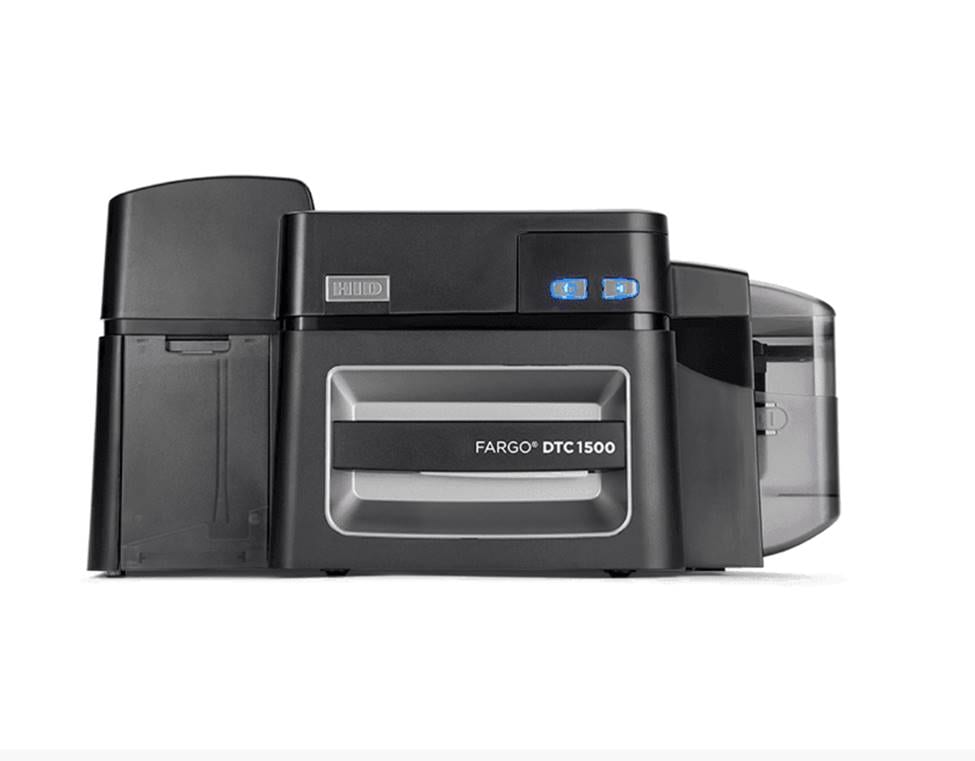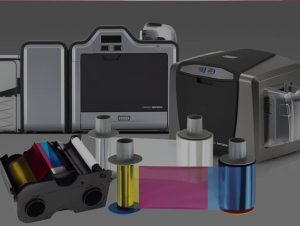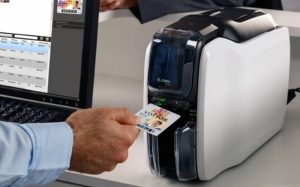A Guide to Purchasing an ID Card Printer

Investing in an ID card printer is going to transform the way in which your company’s safety system operates. The impact of a security system ensures that your environment is comfortable, safe and functional all year round. Whether you already have an ID card and reader system in place or you are looking at starting your security system from scratch, an ID card printer is going to work wonders for you and your business. The first step to securing your printer is understanding how to source the right one for you! Follow this quick ID card printer guide to find the ideal fit for your unique needs…
Budget
Firstly, you’ll need to nail down your numbers. Although it may not be the most enthralling part of your printer purchase process, you won’t get all that far in your hunt without understanding how much you have to work with. Your budget capabilities will guide you on the size and quality of your printer, so it’s an important aspect to get sorted right away, as soon as you can. Identity People provides a range of printers at varying price points to cater to your requirements and budget.
Capacity
Next capacity, which in turn also encapsulates size. The amount of cards that your printer can produce might be a high priority consideration for your company, particularly if you are a larger operation that is always producing cards for differing purposes which can include visitor badges, IDs, access cards or rewards cards. Your printer’s size will commonly correlate with its output, but this isn’t an iron clad rule. Check for printed card capacity and calculate how this stands up to your average yearly requirements for ID cards. If you are implementing a new system then try your hand at some numerical forecasting. The right printer will comfortably accommodate the current and future needs of your company.
Technology
At the core of every ID card printer is its operating technology! This technology is what enables your printer to create images, designs and text that will appear on your plain plastic cards. When it comes to printer technology, you have your pick of two options, direct to card and reverse transfer:
Direct to Card: DTC uses a dye-sublimation system with a print head. This tool heats each panel of printer ribbon, which then converts ink into vapour which will diffuse onto a plain card’s surface. This is quick and efficient, and can be used for many different effects to create high quality impressive cards.
Reverse Transfer: Reverse transfer printing is a technology that creates high definition, crisp images and overall cards. This method uses a ribbon as well as a printhead, however, instead of printing directly onto a card’s surface this printer will use an additional step, which is a clear film. The card details are printed onto a clear film which is then fused onto the card’s surface using heat rolling. This can be a little slower than DTC due to the extra steps involved although reverse transfer does produce excellent quality, highly vibrant and durable cards.
Accompanying Items
Do not make the mistake of forgetting to account for ongoing consumables when you’re looking at investing in a printer! Think about the cost of replacing your printer ribbons, keeping your stock of plastic cards topped up, cleaning kits and accompanying technology. This can include ID card printing software, ID accessories and even the team members who are delegated the task of creating your cards.
ID Card Printer Benefits
You are going to discover endless benefits once you have secured yourself a state of the art ID card printer, no matter what model you opt for! Convenience, speed, quality cards, durable output and a reliable ID card system are just some of them. Are you ready to discover the rest for yourself? Start searching for your printer today.






































